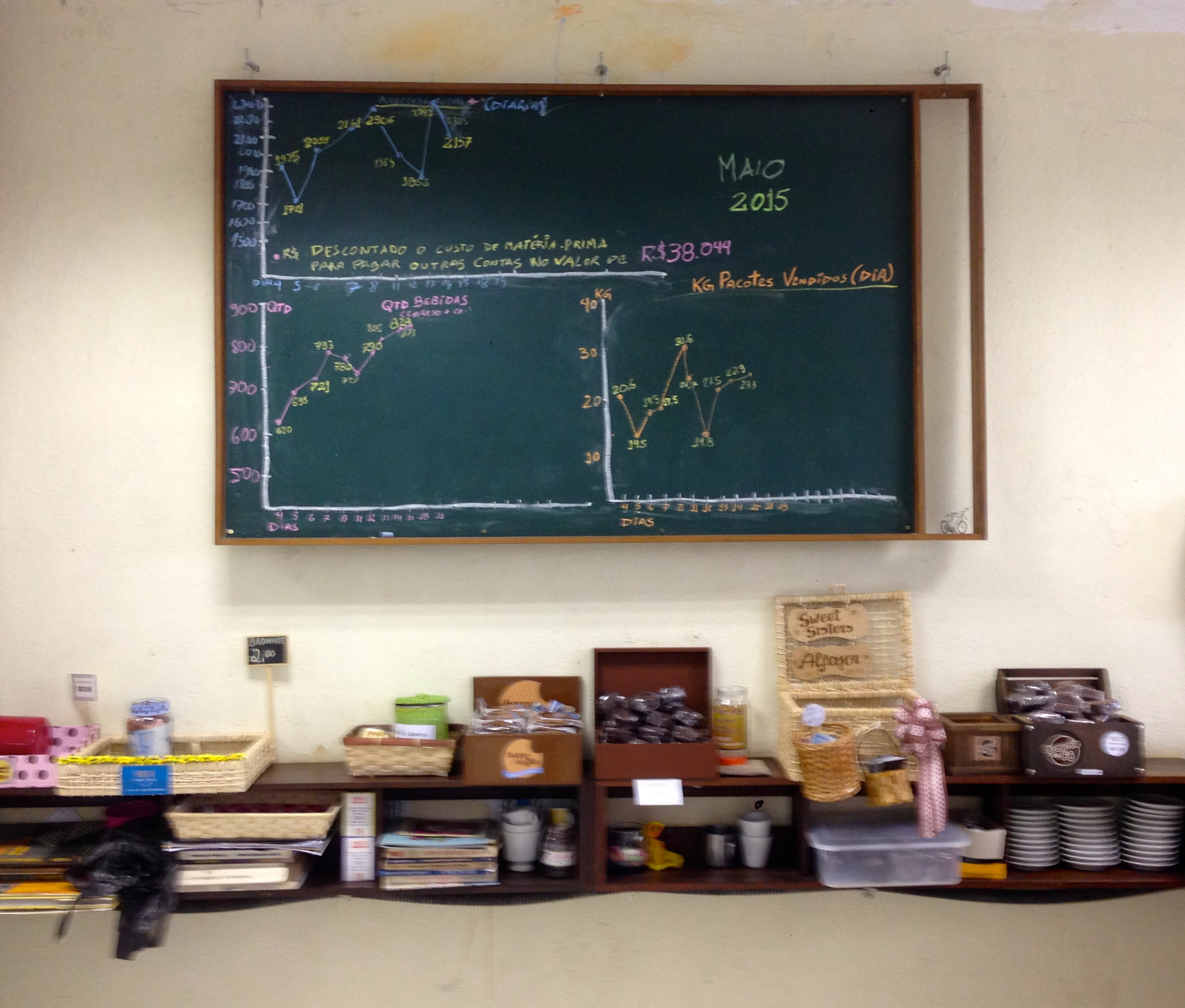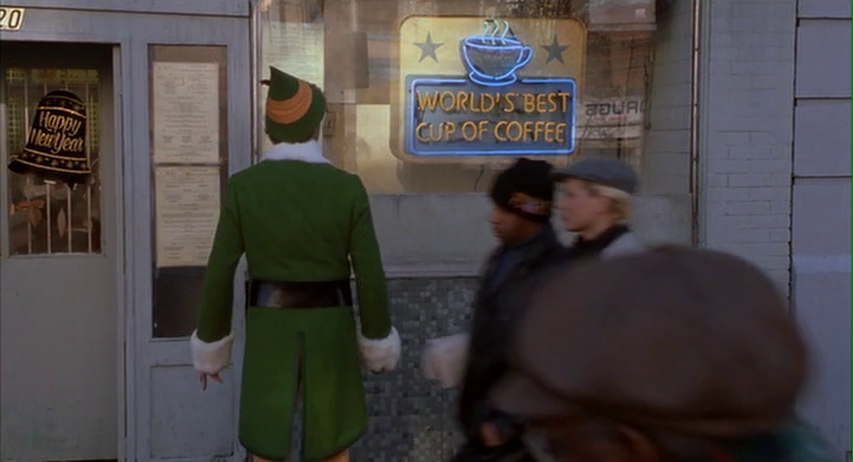
Brothers and dairy farmers David and Dwight Fry can usually beat the rooster’s crow to work every morning. Along with their wives, the brothers own and operate Ozark Mountain Creamery in Mountain Grove, Missouri, three hours south of St. Louis. The property has been in the family since their dad bought the land in 1957. Their two dairy farms sit adjacent across 260 acres, and the property line runs in between their milking barns and feed floors.
Around 5 a.m., they milk 150 Holstein cows between them (David has some Jersey and Guernsey cows, too), and will repeat the process 12 hours later. In between milking, the brothers Fry take care of everything that needs to be accomplished around the farm, such as cutting wheat, sorghum, and rye to make feed for the upcoming winter. When available, other family members including sons, daughters, and cousins will pitch in with the farm’s chores. Every Monday and Tuesday when the creamery bottles milk, the brothers, their wives, and employees will fill 3,500 gallons of low-temperature vat-pasteurized milk into reusable half-gallon glass bottles to be delivered across the Show Me State Wednesdays, Thursdays, and Fridays. Dwight and David regularly clock in 15-hour work days. Sunday is their day of rest.

Ozark Mountain Creamery began in 2009 as a response to volatile milk prices. After previously just selling their milk to dairy cooperatives, the Frys began looking to add value to their own product and vertically integrate their business. Construction of the creamery happened during the fall of 2009, and production began in April 2010.
Two factors play a large role in the taste of Ozark Mountain Creamery milk: the cows’ diet and the pasteurization. 90% of what the cows eat is grown on-site and is GMO-free. Co-owner Teresa Fry, David’s wife, attributes the milk’s sweetness to the sorghum.
“Most of your farmers feed with corn and we just kind of formed a bond to the forage sorghum when our corn crop failed a few years ago,” she says. “Our cows milk just as good on the forage sorghum and we think it has a good flavor.”

Most milk is pasteurized using the High Temperature Short Time, or HTST, method. The milk is heated up to 165 degrees Fahrenheit for 15–30 seconds and cooled immediately. The low temperature vat-pasteurization was the way milk used to be processed, according to Lori Fry, Dwight’s wife. The milk is placed in a vat and held at 145 degrees Fahrenheit for 30 minutes, then brought down to 40 degrees instantly through a pipe cooler. Although it is more expensive and time consuming, the low-temperature vat-pasteurization method has several benefits.
“It keeps more of the natural flavors and the nutrients intact because it doesn’t get quite so high of a temperature and improves taste,” Lori Fry says. “We’ve had a lot of feedback that people who are lactose intolerant can drink it and it keeps those enzymes intact that when you get up a little bit higher [temperature], the heat destroys those enzymes.”

When Sump Coffee owner and roaster Scott Carey had his coffee epiphany in New York City, he noticed a correlation between high-quality milk and how his latte tasted. Carey’s interest in Ozark Mountain Creamery began when a customer at his St. Louis shop lauded the creamery’s chocolate and seasonal flavored milks. When he began placing orders, Carey had to travel 10 minutes to St. Louis University to pick up his milk bottles. The truck now stops at his South City shop, as well as others in town such as Blueprint Coffee and VB Chocolate Bar. Local chefs even use the milk, including James Beard Award finalist Kevin Nashan at Sidney Street Cafe, and 2015 Beard Award winner Gerard Craft at Niche.

“If you want a milk drink at a coffee shop, good milk is imperative and defines the drink,” Carey says. “You can have a good cappuccino with other milk, but an exceptional cappuccino with Ozark Mountain Creamery milk. We can get away without having sugar in the shop because of the sweet milk. We serve our drinks wet, and we can only do that with Ozark Mountain Creamery because of the mouthfeel and natural weight the milk adds to the drink.”
In addition to whole, two percent, and skim milks, the Creamery also has un-homogenized “creamline” milks. By not mechanically dispersing the fats throughout the milk, the creamline milks proudly display several inches of cream sitting at the top of each bottle.
“It’s one step closer to the cow,” Teresa Fry says.
Finally, there are popular flavored milks. Natural cocoa powers the chocolate milk year-round, while the rotating seasonal milks include strawberry, root beer, mocha, and currently orange cream. And yes, the orange cream tastes like a liquid Dreamsicle.

The farm aims to find markets for the estimated 1,500–2,000 gallons of milk produced in excess every week, which currently is sold to a dairy cooperative. No matter what the future holds, the Frys believe the family that works together, stays together.
“It takes a lot of the stress off,” Teresa Fry says about running a family business. “Four brains are always better than one.”
Evan C. Jones (@theevanjones) is a Sprudge.com contributor based in St. Louis. Read more Evan C. Jones on Sprudge.


























